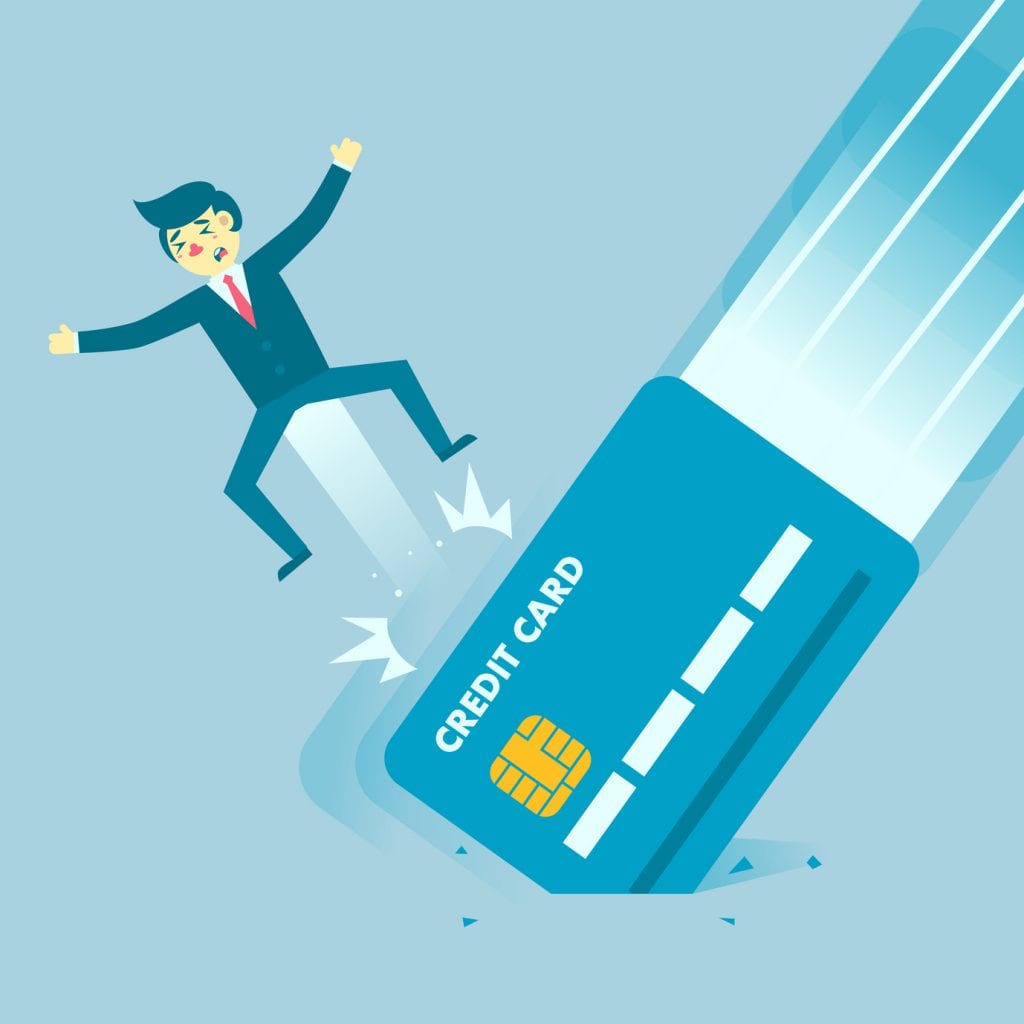Low Interchange = Low Rewards. In Australia, the first nation to put cost accounting into their standards for interchange, implemented changes to a series of credit card fees; this implemented on September 1. Now reward points are under pressure, an issue Mercator predicted regarding the sustainability of credit card rewards in this recent research note. Without revenue from interchange, rewards are unfundable.
• “I was getting 1.5 frequent-flyer rewards points for each dollar of spend on the credit card and am now getting one point,” De Lorenzo says.• To add insult to injury, the cap or limit on the monthly spend to get the reward points was dropped from $20,000 to $5000.
• … with the lowering of the spending cap, even if I wanted to buy a car on my card I wouldn’t get a free flight out of it.”
In the US, which has not dealt with the interchange topic on credit cards, it takes about $10,000 in card spending to earn $100, unless you use a card that offers front end incentives. Now, in Australia, it looks like the new model requires almost twice the spend to deliver a third of the value.
• The big banks blame the latest cuts on interchange fee regulations introduced by the Reserve Bank. (of Australia)
• Comparison site Mozo estimates that the average rewards card now delivers just $27 in annual value. That’s based on the estimated average annual spend on a rewards card of $19,000.
So, with your consumer hat on, it is time to maximize the value of your cards with a household budget audit and perhaps a few new selections. With your industry hat, though, it is time to think about Plan B for customer loyalty before the card rewards model becomes archaic.
Overview by Brian Riley, Director, Credit Advisory Service at Mercator Advisory Group
Read the full story here
